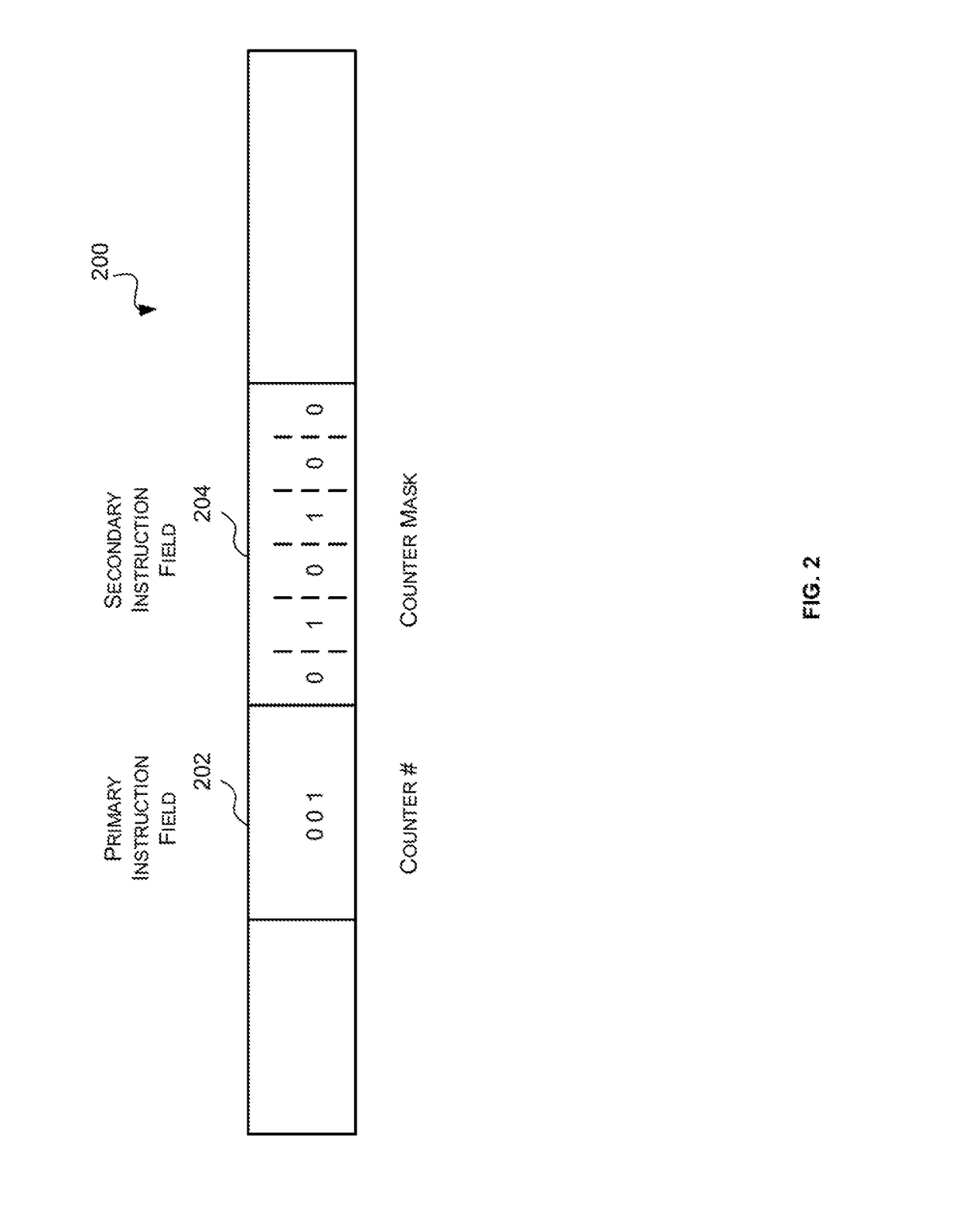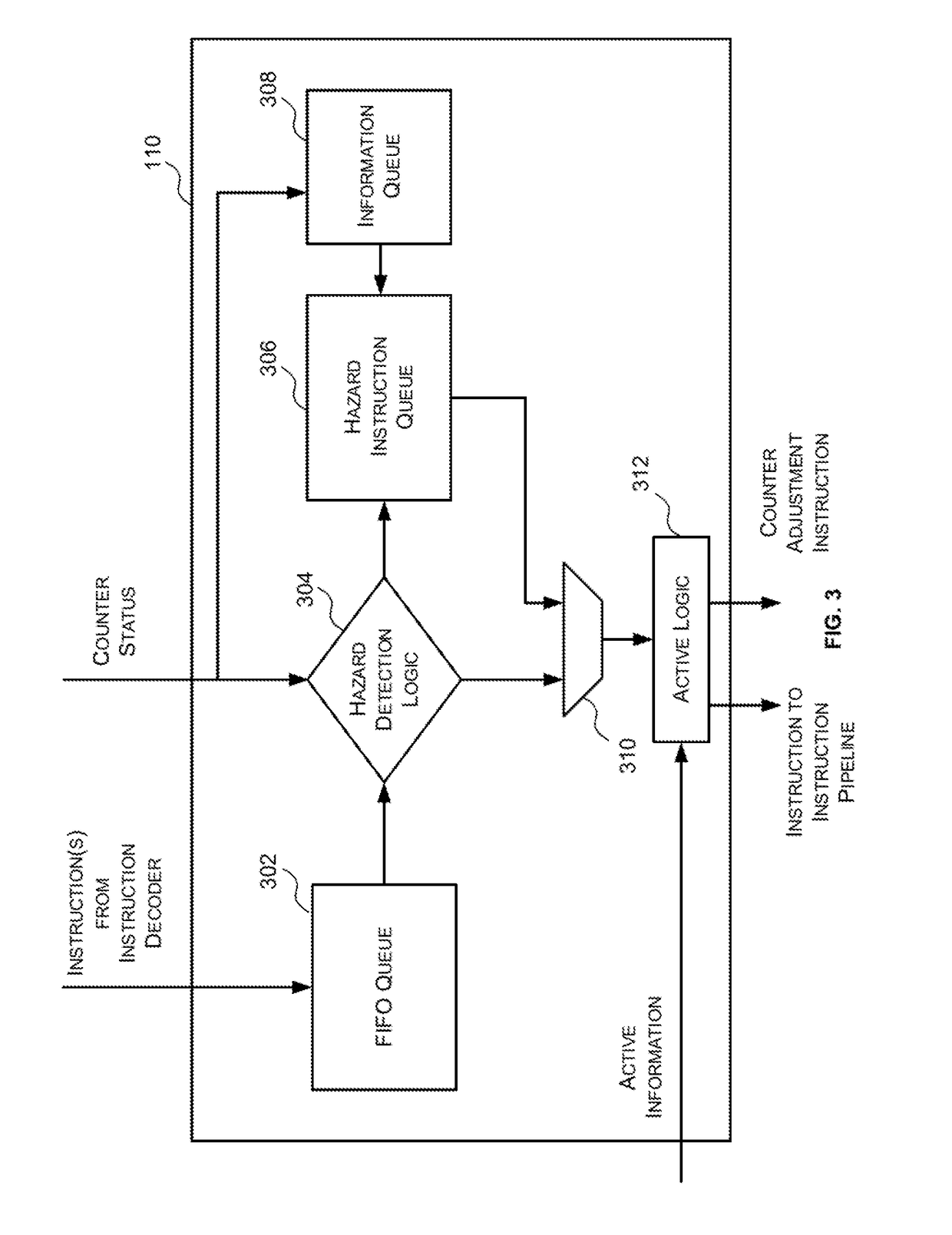Methods and Systems for Inter-Pipeline Data Hazard Avoidance
a technology of pipeline data and methods, applied in the direction of cad circuit design, program control, instruments, etc., can solve the problems of data hazard, data hazard, data hazard,
- Summary
- Abstract
- Description
- Claims
- Application Information
AI Technical Summary
Benefits of technology
Problems solved by technology
Method used
Image
Examples
Embodiment Construction
[0029]The following description is presented by way of example to enable a person skilled in the art to make and use the invention. The present invention is not limited to the embodiments described herein and various modifications to the disclosed embodiments will be apparent to those skilled in the art. Embodiments are described by way of example only.
[0030]As described above, many processing units, such as GPUs, comprise a plurality of parallel instruction pipelines which are designed to efficiently process large amounts of data in parallel. For example, some processing units, may comprise a set of parallel instruction pipelines which include at least two instruction pipelines that are each optimized for a particular type (or types) of computation. Having multiple instruction pipelines that are configured to execute different types of computations allows slow or rarely used instructions to be executed in parallel with high-throughput common arithmetic operations so that the slow, ...
PUM
 Login to View More
Login to View More Abstract
Description
Claims
Application Information
 Login to View More
Login to View More - R&D
- Intellectual Property
- Life Sciences
- Materials
- Tech Scout
- Unparalleled Data Quality
- Higher Quality Content
- 60% Fewer Hallucinations
Browse by: Latest US Patents, China's latest patents, Technical Efficacy Thesaurus, Application Domain, Technology Topic, Popular Technical Reports.
© 2025 PatSnap. All rights reserved.Legal|Privacy policy|Modern Slavery Act Transparency Statement|Sitemap|About US| Contact US: help@patsnap.com



